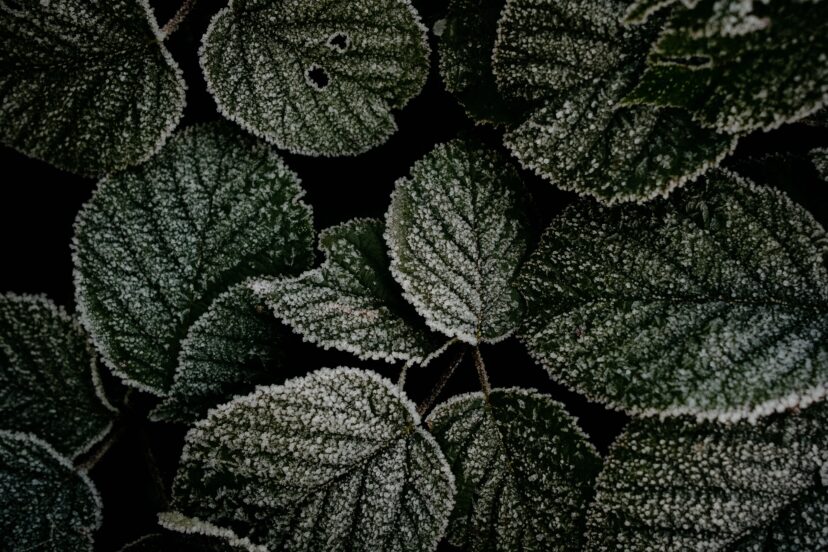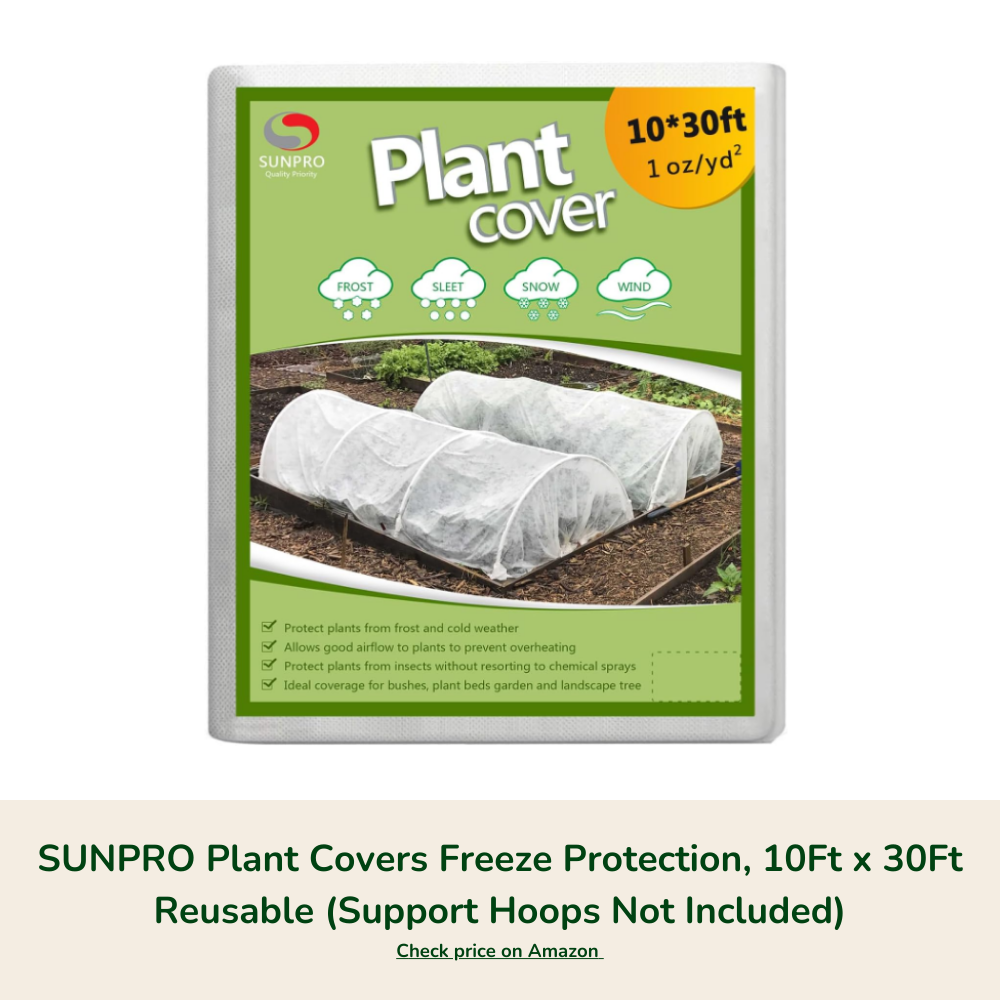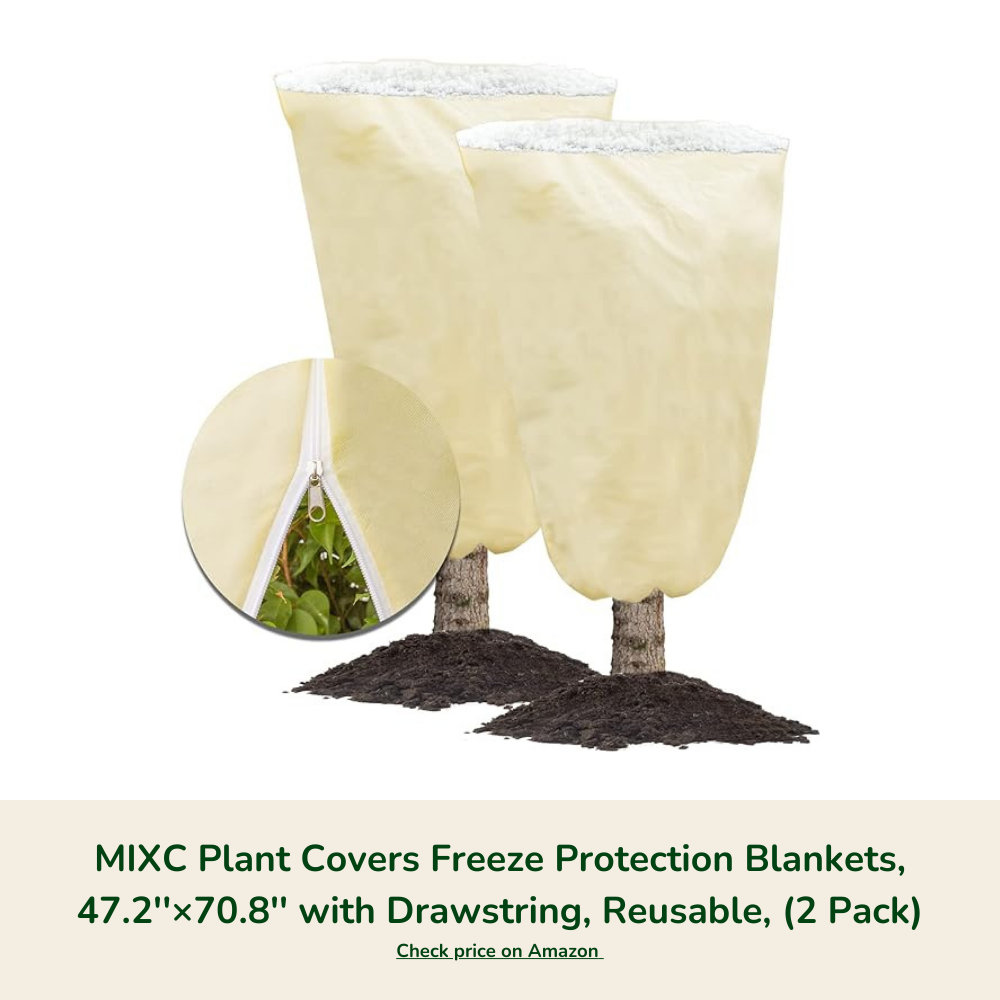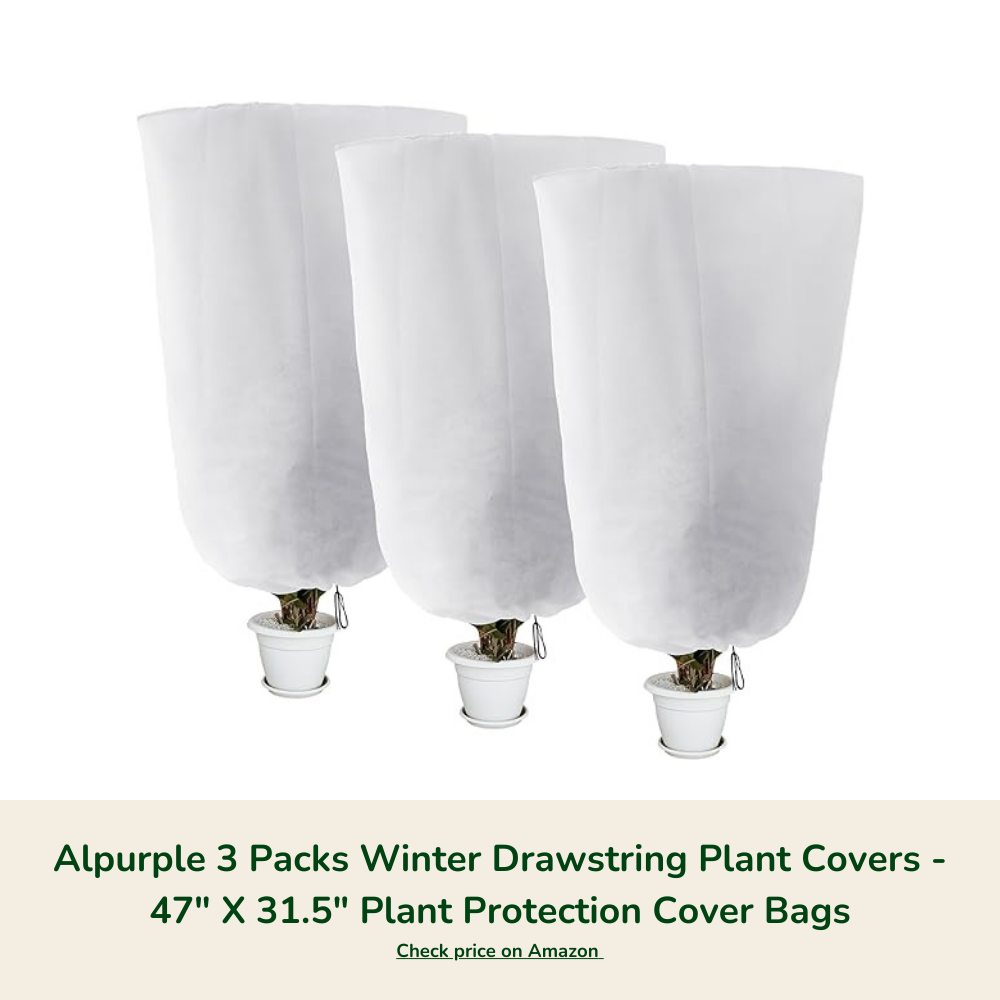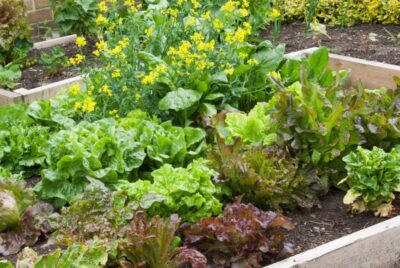Protecting Plants in Winter: When Jack Frost Comes Knocking
Winter brings picturesque snowscapes, but for our green companions, it can be a harsh and challenging season. The need to shield your plants becomes paramount. To ensure gardens thrive year-round, it’s crucial to implement strategies for protecting plants in winter.
Not sure where to start? Follow these steps to ensure your protecting plants when the winter season hits.
In this Article:
- Understanding Winter Threats
- Frost, Freezing and Snow Accumulation
- Preventive Measures Before Winter
- Soil preparation, Mulching and Pruning
- Importance of Hydration
- Overwintering Plants
- Winter Plant Covers
- DIY Winter Covers
- Cold Frames/Greenhouse
- Recycled Bottles or Cloche
- Hoop House
- Protecting Plants in Containers
This article contains affiliate links to products for your convenience. Vertical Gardens Hub may earn a small commission from purchases made through these links at no additional cost to you. Please see our disclaimer to learn more.
Understanding Winter Threats
Frost, Freezing and Snow Accumulation
Winter threats come in various forms, with frost, freezing temperatures, and snow accumulation being the primary culprits. As a gardener, it’s good to know your regions average frost dates–first frost (fall) and last frost (spring).

Both a frost and a freeze are bad for plants, but they don’t mean the same thing. They can affect plants by freezing the celled water inside a plant. This results in brown and black spots as well as mushy areas that can kill a plant – specifically annuals.
- Frost is a thin layer of ice crystals that form on grass and other surfaces from the water vapor in the air. Frost can form in temperatures above freezing depending on the dew point (the point where air is holding all the water it can), normally around 36 degrees Fahrenheit.
- A freeze is more impactful as it’s normally a longer event and occurs when the temperature reaches 32 degrees Fahrenheit or below.
- Snow or snow accumulation is beautiful in our gardens but can place added weight, cause damage to plant structures and damage root systems. On the upside, Snow does provide insulation and can protect some plants from the effects of freezing and provides moisture as it melts.
Preventive Measures Before Winter
Before we humans settle into our homes for the cold winter months, it’s time to winterize your garden as a best practice and prep for spring. This includes steps like fortifying the soil, pruning perennials, insulating containers, and applying mulch to name a few.
Soil Preparation, Mulching, and Pruning
- Soil prep is common in the spring, but fall is a less hectic time, and the soil needs some TLC after the long hot summer where the soil tends to be dryer and easier to work with. Compost is a great boost to your soil at the end of the growing season and can be applied in two ways.
- Lay 2-3” of compost onto established beds and mix it into the top 6 inches of soil with a trowel or shovel.
- In empty beds, spread a thin layer of compost on top of the soil and let the rain do the work to wash nutrients deep into the soil.
 Think of mulching as nature’s insulation and a great way to keep your soil warm in the winter and cooler in the summer. It buffers roots from extreme temperatures and suppresses any weeds that may pop up. You can mulch around most plants with 1-6” of depth. Keep in mind to place less mulch around the base of the plant so it doesn’t suffocate.
Think of mulching as nature’s insulation and a great way to keep your soil warm in the winter and cooler in the summer. It buffers roots from extreme temperatures and suppresses any weeds that may pop up. You can mulch around most plants with 1-6” of depth. Keep in mind to place less mulch around the base of the plant so it doesn’t suffocate.- Before you begin pruning, it’s important to know which plants, if any, need to be pruned. The general rule of thumb is – don’t do it! In the fall, plants preparing for the winter season by going dormant. When you prune, it stimulates growth which may harm the plant if it doesn’t have time to harden before the cold sets in. If you have dead, damaged, or diseased branches these can pose a risk to the plant so it’s necessary to prune out these issues now.
Importance of Hydration
Before winter sets in, make sure your plants are well-hydrated especially if rainfall has been scarce during the fall. Water plants every week or 10 days until the first hard freeze.
Overwintering Crops
Young seedlings are the most susceptible to frost damage and dying when the cold weather hits. Even frost-hardy crops don’t have a chance against the cold if they are too young. Make sure your new crops have time to grow in the late summer and early fall by planting at least 6-12 weeks prior to the first frost (regions frost dates). This allows the plant to become established and have the best chance of surviving.
Winter Plant Covers
When the weather report calls for freezing temperatures, it’s time to cover your plants.
- Crafting DIY winter covers for your plants can be a rewarding endeavor. Explore methods using burlap, canvas, or old sheets to cover your plants. Other items like newspapers, towels and cardboard boxes work too. Don’t forget to anchor the cover around the base of the plant and shake off snow or ice.
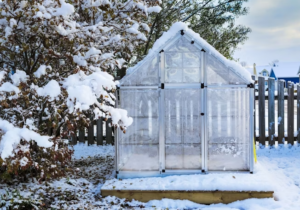
- The best solution for young and tender plants to be safe are cold frames or a greenhouse. You can build your own from inexpensive, reclaimed materials or if you’re not handy with building, you can make a purchase at your local garden store or online.
- A recycled bottle or Cloche goes over a single plant like a mini greenhouse. These protect your plants while also allowing sunlight in. An added plus is they keep pests away from your tender plants.
- An inexpensive and easy way to protect a larger garden bed is with a hoop house. These houses hold in heat & moisture, limits weather damage, and keeps the soil warmer for longer. These can jump-start your young seedlings planted in early fall. The hoops (think ½ of a hula hoop) should be placed every 2-4 feet then pull your covers over the hoops.
Protecting Plants in Containers
Don’t forget about the potted plants around your yard–they and their roots need protection too. You can either bring them indoors (overwintering) or insulate just the container with old blankets or sheets, bubble wrap, or styrofoam. In case of extreme weather, covering the whole plant may be necessary. Moving them closer to a dwelling; out of the driving wind and rain where they can still get sunlight and moisture can help protect these plants.
Final Thoughts
Even tender plants are hardier than we think and can recover from a cold snap. Protecting plants in winter can be a necessity but also a rewarding endeavor. By understanding the threats, and being ready, you can ensure your garden will come out the other side better for wear. Happy gardening!
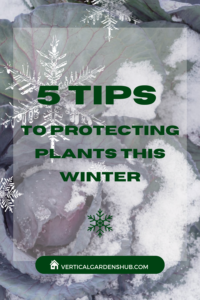
FAQs
Q: Can I leave my plants unprotected during winter? A: While some plants are hardy, it’s advisable to provide at least basic protection to prevent winter damage.
Q: Do all plants require the same level of winter care? A: No, different plants have varying cold resistance levels. Tailor your care based on individual plant needs.
Q: Are commercial plant covers necessary, or can I make my own? A: Yes, you can make your own and DIY covers can be effective, but commercial options offer convenience and often provide better insulation.
Q: Should I water my plants in winter? A: Yes, adequate hydration before winter is crucial. However, be mindful not to overwater, especially in cold climates.

